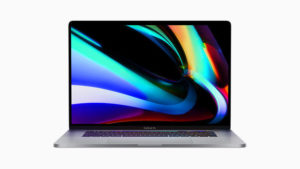 True confession time: I haven’t upgraded my laptop in six years – since 2013. I think six human years is something like sixty computer years – so I feel like quite the technological dinosaur. For most of my adult life, I regularly updated my main desktop every other year, and my laptop every couple of years. I didn’t get my first MacBook Pro until 2011. Thanks to several converging factors including technological improvements and changes to how I used a computer, I discovered that I really didn’t need both a desktop computer and a laptop, so my 15″ MacBook Pro became my one and only computer. The MacBook Pro is an expensive piece of hardware to be sure, but I justified it based on the fact that I was really (wink wink) saving money by not buying both a desktop and a laptop. Two years later, on my typical upgrade schedule, I bought the 15″ MacBook Pro (MPB) – the one that I’m still using today. So why I have I waited three times as long as have any other time in my life to upgrade?
True confession time: I haven’t upgraded my laptop in six years – since 2013. I think six human years is something like sixty computer years – so I feel like quite the technological dinosaur. For most of my adult life, I regularly updated my main desktop every other year, and my laptop every couple of years. I didn’t get my first MacBook Pro until 2011. Thanks to several converging factors including technological improvements and changes to how I used a computer, I discovered that I really didn’t need both a desktop computer and a laptop, so my 15″ MacBook Pro became my one and only computer. The MacBook Pro is an expensive piece of hardware to be sure, but I justified it based on the fact that I was really (wink wink) saving money by not buying both a desktop and a laptop. Two years later, on my typical upgrade schedule, I bought the 15″ MacBook Pro (MPB) – the one that I’m still using today. So why I have I waited three times as long as have any other time in my life to upgrade?
The 15″MBP I’m replacing is considered part of the third-generation of the MBP, first released in June of 2012. As it turns out, it was a pretty long wait for Apple to release the fourth-generation MPB, which did not come out until October of 2016. As much as I would have liked to have upgraded three years ago, I skipped the fourth-generation which introduced the Butterfly keyboard, Touch Bar and USB-C. None of these “features” appealed to me, and was widely considered a step backward within the MacBook community. Many complaints were heard about the keyboard butterfly switch, the touch bar not being useful in many applications due to a lack of development for it, and the lack of any legacy USB-A ports, HDMI port or an SD card slot. There were also early issues with “thermal throttling” -a term which describes the forced reduced performance of the CPU when it exceeds a threshold of operating temperature – the cycle speed of the CPU is automatically reduced to keep it from overheating. This results in slower operating speeds for the end user. So I waited…and bravely soldiered on with my third-gen MacBook Pro until Apple finally released their fifth-generation MBP in November of 2019 – the new 16″ MacBook Pro.
The day after the announcement all the tech reviewers who has pre-release models started publishing their reviews – and the general consensus was that Apple addressed most (not all) of the issues which made me not want the fourth-gen models – a new “Magic” keyboard, improvements to the touch bar design, and design improvements which would help mitigate thermal throttling by keeping the CPU cooler. And as a bonus, the new 16″ MBP offered increases in memory, storage, and graphics processing power at a price point which was at or actually lower than the previous model.
I was certainly intrigued by what I was reading about the new MBP. Truth be told, my 15″ MBP was still actually getting the job done for me – I was limping along. In fact, I could even render 4k video files not terribly painfully. Perhaps my biggest problem was I was constantly running out of room on the 1TB SSD – usually when editing video files. I suspect this isn’t so much an issue of running out of space as it is me not being able to find where the heck MacOS hides working files that I could delete to free up space. Frustrating. But, in any event doubling my system hard drive space was a very appealing prospect. As was the notion of just doing everything I’m currently doing better and faster. So I placed the order, hoping that I’d really be “wowed” by how this six years newer laptop performs. Here are the specs of the outgoing 15″ MBP I’ve been using for six years:
MacBook Pro (Retina, 15-inch, Late 2013)
2.6 GHz Intel Core i7
16 GB 1600 MHz DDR3
NVIDAGeForce GT 750M 2 GB
Intel Iris Pro 1536 MB
And here are the specs on my shinny new 2019 16″ MBP:
16-inch MacBook Pro – Silver
2.4GHz 8 core 9th generation Intel Core i9 processor, Turbo Boost up to 5.0GHz
AMD Radeon Pro 5300M with 4GB of GDDR6 memory
32GB 2666MHz DDR4 memory
2TB SSD storage
16-inch Retina display with True Tone
Four Thunderbolt 3 ports
Touch Bar and Touch ID
Overall, I’m well satisfied not only with the 16″ MBP, but with my decision to wait six years to upgrade. Had I given in to temptation, I might have gotten frustrated enough with Apple to abandon the Mac platform entirely – which would have been a mistake. You have to admire Apple for being willing to take risks – to be truly innovative. To push the boundaries of computing performance to deliver unparalleled performance. But there are costs to both the users and Apple when those risks don’t pan out as everyone hopes – like the butterfly keyboard for example. Apple is the kind of company you root for – even when their gambles don’t pan out. Because when they do, magic happens.
BUT IS IT “PRO?”
Apparently a great many professional users – the market for whom the MacBook Pro is theoretically most targeted – jumped ship during the fourth-generation MacBook Pro. I think the 16″ MBP will woo a lot of those folks back. Is it perfect? No. But the areas were the new MBP may frustrate aren’t necessarily the same as professional users as they are for high-end consumers. What’s the difference? The professional user of the MBP probably works in a studio production environment in a bigger city – NYC or LA for example. They will mostly use the MBP for photo and video production. The purely consumer user may well use the MBP for some of the same kinds of tasks. The difference is 1)they’re not doing it professionally, and 2)they could probably get by with lesser computing capabilities, but the MBP is a bit of a status symbol and therefore is more attractive. Personally, I fall somewhere in the middle of the professional market and the well-heeled consumer. I do some freelance work (my “side hustle” as the young folks call it these days) but I also have a penchant for purchasing technology that I probably don’t HAVE to have…I just like having it and am willing to pay “pro” prices. So the consumer side of me is a bit frustrated that the only I/O ports we have on the MBP are USB-C…we don’t even have a memory card slot on this thing. The professional in me knows though that even if it did have a card slot, I’d STILL need to use a dongle/adaptor for the many, many devices I use that most consumers don’t. My DSLR for example uses CompactFlash memory cards…good luck finding a computer that natively reads those. So production studio professionals are quite used to dongles and adapters. #donglelife. Apple bet big during the fourth-generation MBP that we’d all be living in a USB-C world, and that appears to be happening…just not very quickly. So let’s talk a bit about where the 16″ MBP falls short.
NO WiFi6?
Unlike most of Apple’s consumer iOS devices, the new MBP does not support the newest WiFi specification on the block – WiFi6. This is probably because the next iteration of Intel’s CPUs are expected to have WiFi6 built-in. Why change the motherboard to integrate WiFi6 when the next Mac Book Pro won’t need the change. It will be a while before there are any mainstream consumer routers that support the new specification anyway. This one isn’t a big deal in my mind.
720P FACETIME HD CAMERA
Apple really kinda cheaped out on the 720P FaceTime HD camera IMHO. It’s essentially the same as the camera in my 2013 MBP. Does it functionally matter? Sort of…but not really. Firstly, I don’t FaceTime much. When I do, I’ve got two other iOS devices at my disposal that can do the job at higher resolution. And Apple knows that. But still…a camera resolution of at least 1080p would have been useful in some situations – particularly given how nice the on-board microphone is on the new MBP.
NO 4K DISPLAY
This is another one that I’m really scratching my head about. The display on the 16″ MPB is almost 4k. It’s certainly gorgeous. But while the pro user in me fully realizes that pros will be hooking up a monster 4k, 5k,or even 8k display to this MBP for serious editing, I still think they should have had a 4k display at this price.
MY NEW WORKSTATION
Here’s a photo of how my old desktop workstation was set up – you’ll see that I stored the MBP vertically to save on space:
Now here’s a photo of my new 16″ MBP. You’ll see I now have an elevated stand which allows me to use the MPB in conjuction with my Apple Thunderbolt Display as a second monitor, which I’m really liking:
I lose a bit in desktop real estate, but I gain both functionality, and much needed access to ports on both sides of the MBP.
So far I’m in love with my 16″ MBP. The rest of the world seems to be too because YouTube is chuck full of tech reviewers who are heaping accolades on the new MBP. Most of those reviews indicate the biggest improvement on the 16″ MBP over the previous generation is the keyboard. I can’t really comment here, since I never used a MBP with the old and much maligned Butterfly Keyboard. The one on the 16″ MBP is fine…I won’t use it often. The keys are a bit slick, and I’m not crazy about how far back from the edge of the laptop sits…which it obviously has to do to accommodate the track pad (which I love). Reviewers also seem to hate the Touch Bar on the MBP less. I’m somewhat ambivalent on the issue. I love, love, love the Touch ID feature. And I do see some neat short-cut type functionality the Touch Bar can provide. I never really used the function keys they replaced, so I’m not missing anything in that department. I’m guessing if I fiddled with customization a bit, I’d have more use of the Touch Bar…but the same could probably be said of the previously mentioned function keys.
THE FINAL VERDICT
The more I use my new 16″ MacBook Pro, the more I like it. It’s a true powerhouse. It can do anything I need it to do, and can do it faster than my previous MacBook Pro. Yes, it’s expensive – but it also provides a tremendous value. Remember, I was able to use my 2013 MacBook Pro for 6 years before upgrading – that’s pretty impressive. It’s also a better value than any other version of the MacBook Pro that has come before it – even the least expensive base configuration of the 16″ MacBook Pro is incredibly powerful and competent. The 16″ MacBook Pro is strongly recommended for 1)Any pro users who abandoned the MacBook Pro over issues with the previous generation, 2)anyone who, like me, hasn’t upgraded in a while, or 3)Anyone who has a requirement for the best, most powerful laptop the market has to offer.

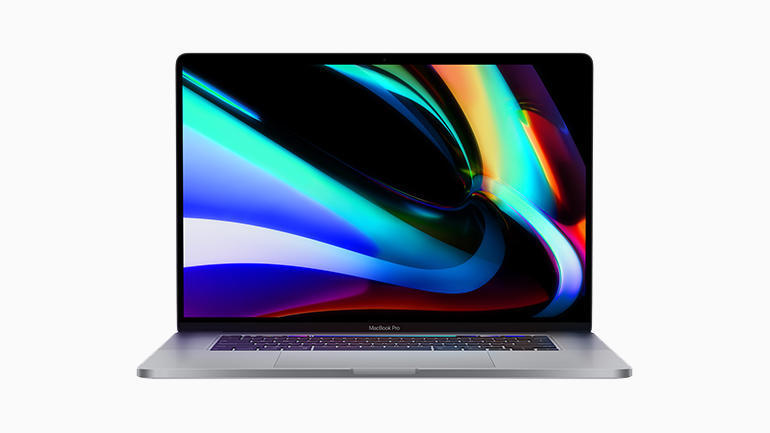
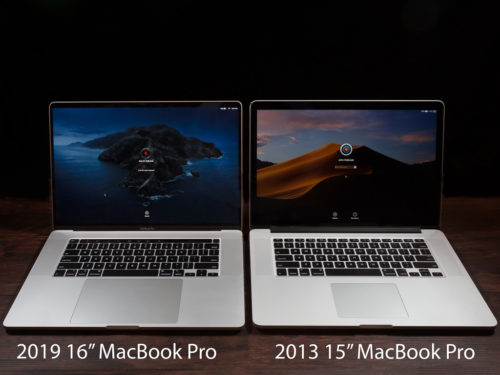
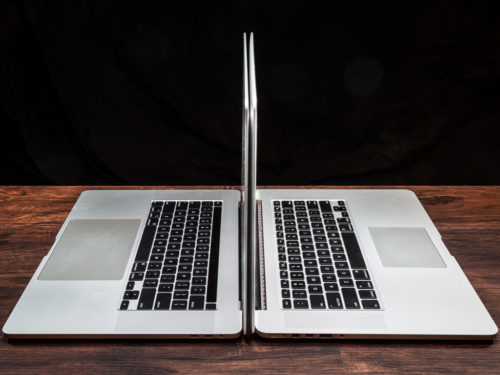
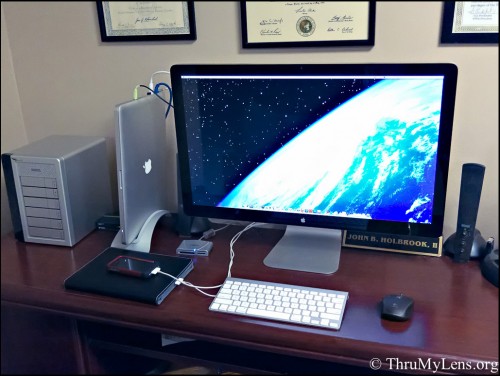
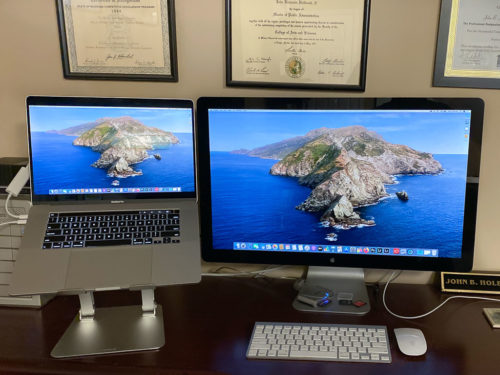
0 Comments